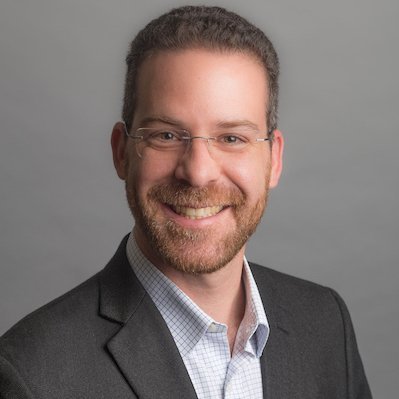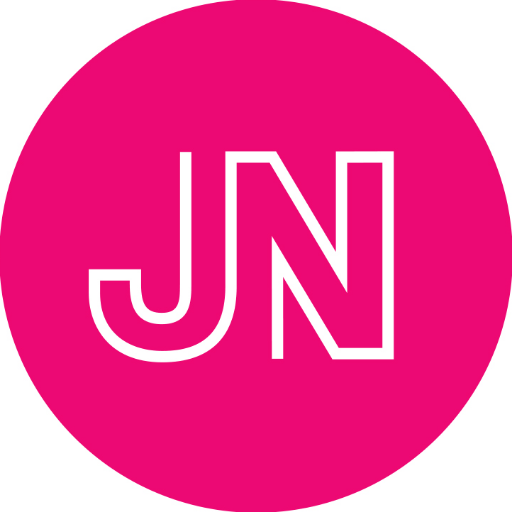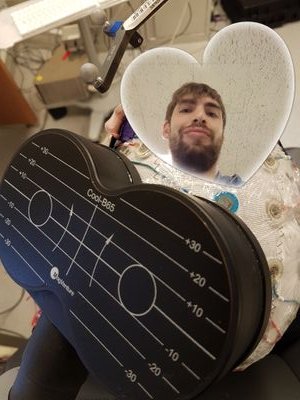
Divya Rajasekharan
@divyardotdotn
Followers
33
Following
2K
Media
3
Statuses
76
PhD Candidate @StanfordEng 🥼| @StanfordBioX & @NSF Graduate Research Fellow | @Stanford_PMHW & @LivingMatterLab 🧠 | @CUSEAS ’21 🎓
Palo Alto, CA
Joined June 2022
Check out our recent work demonstrating that the scalp-based Beam/F3 method is a reliable way to target the dLPFC in #TMS for depression! We learn more by integrating personalized E-field models… 👀 With @NoahSPhilipMD, @LMWilliams_PhD, and others. 👉 https://t.co/iIhjLJS5Gv
6
6
19
Can changing how we think change how we feel? 🧠 Join us at Stanford for the 5th Annual Precision Mental Health Symposium! 📅 Sept 26, 2025 | 📍 Stanford LKSC 🔬 Theme: Psychiatry, Neuroscience & AI 🎟️ Register: https://t.co/6RWdgYlBlp
0
2
3
New paper in Applied Energy! Transformers can be overloaded from many EV chargers in a neighborhood. We propose a flexible BESS sharing scheme to split BESSs into individual and shared portions, offering utilities an alternative to transformer upgrades. https://t.co/W19FNt54eB
0
1
2
We're hiring a new #TMS assistant. Ideally a recent grad looking to work for a few years in New York before applying to medical or graduate school. Ample opportunities to present and publish data. If aware of any excellent candidates, please forward! https://t.co/WUK65Vh6mW
ejis.fa.us6.oraclecloud.com
The Transcranial magnetic stimulation assistant will assist with delivery of care at the Mount Sinai Center for Neuromodulator. They will work in a fast-paced environment as part of a multidiscipli...
0
4
10
It was a pleasure to host Dr. Jonathan Downar at Stanford to hear his insights about the future of #TMS! So many brilliant researchers are working to ensure treatment efficacy, but this was a great reminder that we also need to think about accessibility & scalability. 🤔
Hear Dr. Jonathan Downar speak about his incredible vision to accelerate the delivery of #TMS to reach 1 billion (!) patients struggling with transdiagnostic functional impairments! 👉 https://t.co/VubxFo77Bm (nearly 500 views already!)
0
1
6
Hear Dr. Jonathan Downar speak about his incredible vision to accelerate the delivery of #TMS to reach 1 billion (!) patients struggling with transdiagnostic functional impairments! 👉 https://t.co/VubxFo77Bm (nearly 500 views already!)
1
1
2
Congratulations @mmadore - a leader in #TMS and richly deserving of this recognition for her hard work.
Thrilled @mmadore received recognition through this award! So glad to have the opportunity to nominate such an exceptional collaborator and leader, directing the VA TMS national clinical program!
1
2
6
RCT: Stratifying individuals by baseline negative affect circuit profiles found that 120mg of MDMA improved neural and behavioral responses in those with heightened amygdala reactivity. https://t.co/Aoi1wsHpbf
@warmxue @LMWilliams_PhD @Stanford_PMHW
0
3
12
Congratulations brilliant @divyardotdotn on her prestigious Bio-X Travel Award! Check out Divya's exciting new paper - https://t.co/1aCMfdiZeM - reporting on personalized TMS models, presented at @SOBP with @NoahSPhilipMD, @mmadore & the @Stanford_PMHW team, #nihrfunded
pubmed.ncbi.nlm.nih.gov
This work establishes that scalp-based targeting can produce reliable targets in the dLPFC and be successfully evaluated using a combination of neuroimaging and E-field modeling in pragmatic,...
0
3
3
New paper in JAMA Network Open! We found that individuals with high amygdala threat reactivity at baseline showed greater normalization of brain function and improved threat processing under 120mg MDMA. A step toward personalized MDMA therapies!
RCT: Stratifying individuals by baseline negative affect circuit profiles found that 120mg of MDMA improved neural and behavioral responses in those with heightened amygdala reactivity. https://t.co/Aoi1wsHpbf
@warmxue @LMWilliams_PhD @Stanford_PMHW
4
6
22
Viewpoint describes @NoahSPhilipMD’s experiences teaching transcranial magnetic stimulation in Ukraine during the war. https://t.co/RTIV06uPvG
1
4
14
Why do some refractory depression patients respond to TMS while others don't? New @biorxiv_neursci preprint: We identified distinct signatures that predict treatment outcomes by combining TMS-EEG with whole-brain computational modeling in 90 patients. https://t.co/54nw7odr7o
4
28
144
🧠 Join us for the 5th Annual Stanford Precision Mental Health Symposium on Sept 26, 2025! Bridging Psychiatry, Neuroscience and AI Explore the future of mental health with leading experts in science, tech, and care innovation. 📍 In-person at Stanford University 🔬 Discover
0
2
5
The electric fields given off by TMS are super distributed: this is a great one for piecing apart the implications of that spread for individual treatment outcomes. Congrats Divya!
Check out our recent work demonstrating that the scalp-based Beam/F3 method is a reliable way to target the dLPFC in #TMS for depression! We learn more by integrating personalized E-field models… 👀 With @NoahSPhilipMD, @LMWilliams_PhD, and others. 👉 https://t.co/iIhjLJS5Gv
0
1
7
🎉Congratulations to Divya Rajasekharan (@divyardotdotn), PhD Candidate in Mechanical Engineering and graduate student at the Stanford Center for Precision Mental Health, on receiving the prestigious Bio-X Travel Award! 🌎✈️ This award supports her innovative research at the
2
3
4
Infinite thanks to @Stanford_PMHW, @StanfordBioX, @NSF, @NIMHgov, & @VAResearch for their support of this work 🤩
0
0
1
Now… what remains to be seen. Does the “right functional network” involve the sgACC in every patient with depression? Can E-field models be used to optimize scalp-based targeting further? How do we balance personalization and precision with accessibility? Stay tuned!
0
0
3
3. The effect of interaction between TMS E-fields and functional brain networks on clinical outcome was evident within 5 TMS sessions, i.e a fraction (5/30) of the full TMS dose. This suggests that robust responses to TMS can occur early when the right functional network is hit.
1
0
2
2. E-field magnitude at the peak sgACC-anticorrelated voxel in the prefrontal cortex was associated with treatment response: ⬆️ E-field magnitude at sgACC-anticorrelated peak, ⬆️ depression symptom reduction. True regardless of whether we normalize the w.r.t. overall E-field.
1
0
1
1. Resting state functional connectivity between the “E-field center of gravity” and the subgenual anterior cingulate cortex (sgACC) was associated with symptom reduction: ⬆️ CoG-sgACC anticorrelation, ⬆️ depression symptoms reduction. Without E-fields, no clear relationship.
1
0
4










